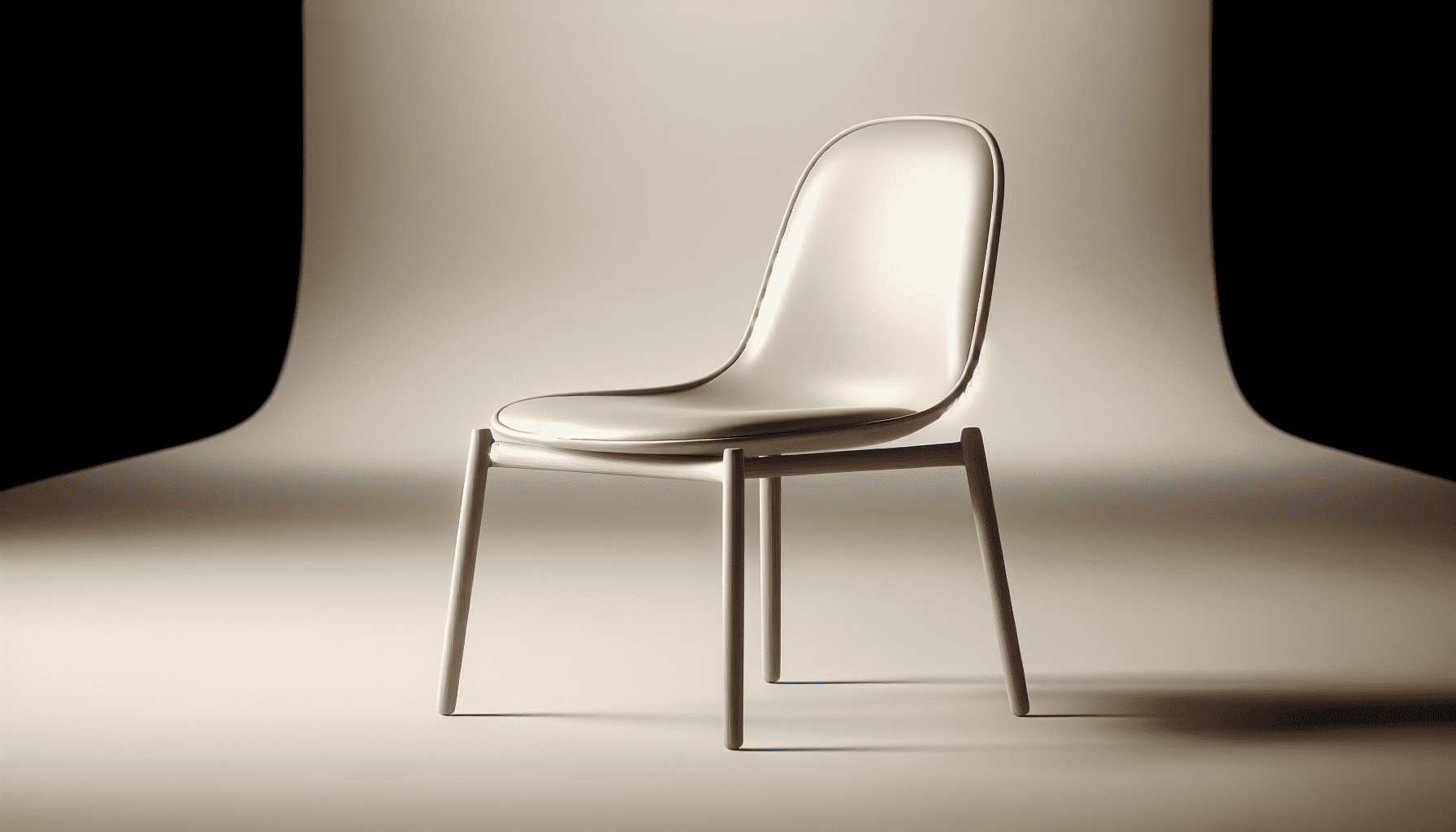Minimalism in design is not merely a trend but an enduring philosophy that emphasizes the essence of simplicity. This approach strips away the non-essential, leaving behind only what truly matters, thereby enhancing both aesthetics and functionality. In today's overcrowded visual landscape, minimalist design serves as a powerful tool to enhance clarity and communication.
At its core, minimalist design is centered around a few key principles—simplicity, clarity, functionality, and elegance. By employing a judicious use of space, light, and materials, designers can create an environment or a visual that speaks volumes without saying much. The balance between negative space and elements is crucial, as too many components can overwhelm the viewer, while too few can leave a design feeling stark or unfinished.
One of the foremost benefits of minimalist design is its ability to convey messages more clearly. In a world where people are bombarded with information, a design that cuts through the noise and delivers its message quickly and effectively is invaluable. Minimalism ensures that the viewer's attention is guided to the most important components, whether it be a call to action on a website or the focal point of a piece of art.
The process of achieving minimalism isn't as simple as it may seem. It requires thoughtful consideration and an understanding that each element must serve a purpose. Renowned designers, like Dieter Rams, who is known for his work with Braun, have long championed the concept that good design should be as little design as possible. Rams’ ten principles of good design focus on functionality, innovation, and restraint, which are essential to mastering minimalist design.
Contrast is another powerful tool in the minimalist designer's arsenal. Utilizing contrasting colors or shapes can create visual interest and draw the eye exactly where the designer intends, without the need for additional embellishments. Similarly, the use of textures can add depth to a flat design while keeping the overall look simple and clean.
Minimalism is often seen in architecture and interior design, where the mantra "less is more" echoes through open spaces and thoughtful, unobtrusive use of color and materials. Furniture with clean lines, uncluttered spaces, and integration of light and nature are hallmarks of minimalist interiors that evoke a sense of tranquility and focus.
In the digital realm, minimalist web design leads to faster loading times and improved user experience, factors that are critical in retaining user engagement. This is particularly true in mobile design, where screen space is limited and every pixel counts.
Stunning examples of minimalist design can be found across various mediums. In logo design, companies like Apple and Nike prove that simplicity can build strong brand identities. In print, white space and a limited color palette can turn a simple flyer or advertisement into a compelling piece of communication.
Aspiring designers can learn from such examples by observing how every detail, from typography to alignment, contributes to the overall design narrative. Experimenting with different elements until the essence of the message is captured without superfluous details is key.
In conclusion, minimalist design is an art form that offers more than just a visual aesthetic. At its best, it creates meaning and connection, focusing on how the simplest forms can produce the most profound impact. For creators and audiences alike, embracing minimalism leads to a fuller appreciation of the things that truly matter.
